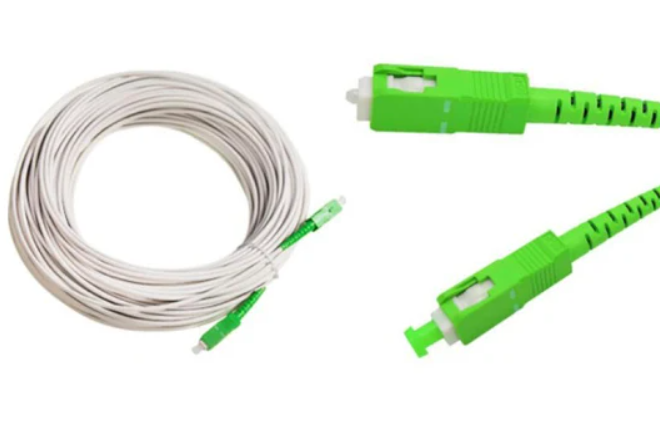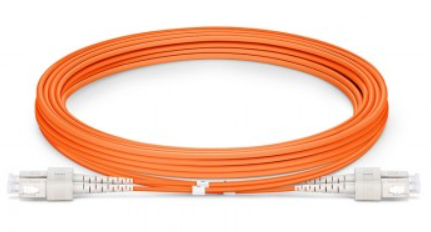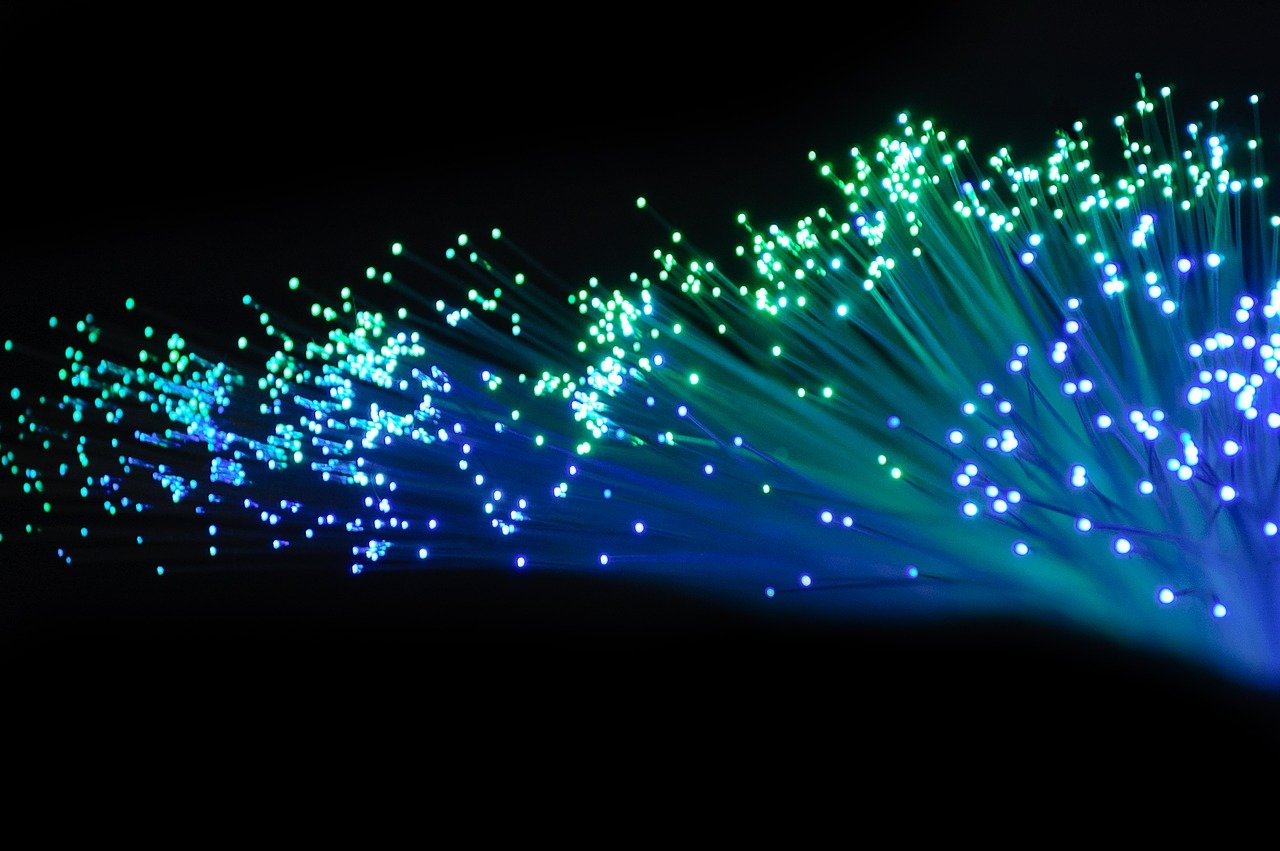The Ultimate Guide to SC and ST Fiber Cables: A Comparison of Performance, Cost, and Patch Cord Compatibility

Overview of SC and ST Fiber Cables
SC and ST fiber cables are widely used in networking and telecommunications systems for their reliable performance and versatility. SC connectors have a square shape, while ST connectors have a round shape. The size difference between the two connectors is also notable, with SC connectors being smaller than ST connectors. In this guide, we will compare the performance, cost, and patch cord compatibility of SC and ST fiber cables to help you make an informed decision for your network infrastructure. Let's dive deeper into the key differences and considerations when choosing between these connector types.
Key Differences Between SC and ST Connectors
Connector Design and Size
The design and size of SC and ST connectors are distinct. SC connectors have a square shape, making them easily recognizable. On the other hand, ST connectors feature a round shape. This difference in design affects their compatibility with different network equipment.
In terms of size, SC connectors are smaller compared to ST connectors. The compact size of SC connectors allows for higher port density, making them ideal for applications where space is limited. Conversely, the larger size of ST connectors may require more room for installation.
Insertion and Removal
Another notable difference between SC and ST connectors lies in their insertion and removal mechanisms. SC connectors use a convenient push-pull mechanism, allowing for quick and easy installation or removal. This mechanism simplifies maintenance tasks, especially in high-density environments.
In contrast, ST connectors require a twist-on and twist-off motion for insertion and removal. While this method is effective, it can be slightly more time-consuming compared to the push-pull mechanism of SC connectors.
Overall, understanding these key differences in connector design, size, and insertion/removal mechanisms will help you choose the most suitable connector type for your specific networking requirements.
Performance Comparison of SC and ST Fiber Cables
Signal Loss and Attenuation
When it comes to signal loss and attenuation, both SC and ST fiber cables offer similar performance. These connectors are designed to provide reliable signal transmission over long distances without significant degradation. Whether you choose SC or ST connectors, you can expect minimal signal loss and excellent performance.
Bandwidth and Data Rates
SC and ST connectors are capable of supporting high bandwidths and data rates, making them suitable for demanding applications such as data centers and telecommunications networks. Both connector types can handle the transmission of large amounts of data quickly and efficiently.
It's important to note that the performance of fiber cables depends not only on the connectors but also on other factors such as cable quality, installation techniques, and network equipment. Therefore, when evaluating the performance of SC and ST fiber cables, it's crucial to consider these additional factors to ensure optimal performance.
In summary, both SC and ST fiber cables deliver comparable performance in terms of signal loss, attenuation, bandwidth, and data rates. The choice between these connector types should be based on other factors such as compatibility with network equipment, cost considerations, and specific project requirements.

Cost Considerations for SC and ST Fiber Cables
Connector and Cable Costs
When considering the cost of SC and ST fiber cables, it's important to take into account the pricing of connectors and cables. Generally, SC connectors tend to be more expensive compared to ST connectors. This price difference can be attributed to factors such as manufacturing complexity and demand.
For budget-conscious projects, ST connectors are often a more cost-effective option. They provide reliable performance at a lower price point, making them suitable for applications where cost is a significant consideration.
Installation and Maintenance Costs
In terms of installation and maintenance costs, both SC and ST cables are comparable. Both connector types require similar procedures and tools for installation. The cost associated with installing or maintaining SC or ST cables will largely depend on factors such as labor charges, cable routing complexity, and any additional equipment required.
It's worth noting that while the initial costs may vary between SC and ST connectors, the long-term expenses related to maintenance should be relatively similar. Both connector types are designed for durability and longevity, minimizing the need for frequent replacements or repairs.
When evaluating the overall cost considerations of SC and ST fiber cables, it's essential to assess your specific project requirements, budget constraints, and long-term maintenance plans. By carefully weighing these factors, you can make an informed decision that aligns with your financial goals.
Patch Cord Compatibility with SC and ST Fiber Cables
Interchangeability
SC and ST connectors are not directly interchangeable due to their different designs and sizes. However, if you need to connect SC and ST cables, hybrid patch cords are available. These patch cords have an SC connector on one end and an ST connector on the other, allowing for seamless connectivity between the two types of fiber cables.
Hybrid patch cords provide a convenient solution when dealing with mixed networks or transitioning from one connector type to another. They eliminate the need for additional adapters or converters, simplifying the installation process.
Connector Types and Network Equipment
In modern network equipment, SC connectors are more commonly used. Their smaller size and compatibility with high-density environments make them a popular choice for new installations. SC connectors are widely supported by various network devices such as switches, routers, and media converters.
On the other hand, ST connectors are still prevalent in legacy systems and certain applications. While they may not be as commonly used in modern installations, there are instances where ST connectors are required due to specific equipment or infrastructure limitations.
When considering patch cord compatibility with SC and ST fiber cables, it's important to assess your existing network equipment and future expansion plans. Understanding the connector types used in your network environment will help ensure seamless integration when connecting SC or ST fiber cables.
Future Trends and Developments in Fiber Cable Technology
Advancements in Connector Technology
The field of fiber cable technology is continuously evolving to meet the demands of higher speeds and increased bandwidth. Advancements in connector technology play a crucial role in achieving these goals. Researchers and manufacturers are constantly working on developing new connector designs that can support faster data transmission rates and improved performance.
New connector designs are emerging, such as the MPO (Multi-Fiber Push-On) connectors, which allow for multiple fibers to be connected simultaneously. These connectors enable higher density connections and greater efficiency in data centers and other high-demand environments.
Improved Performance and Reliability
Ongoing research aims to enhance the overall performance and reliability of fiber cables. This includes exploring new materials and manufacturing techniques that can improve signal quality, reduce signal loss, and increase durability.
Researchers are investigating advanced coatings for fiber cables that can minimize signal degradation caused by external factors like moisture or temperature fluctuations. Additionally, improvements in manufacturing processes are being explored to ensure consistent quality control throughout the production of fiber cables.
By continuously pushing the boundaries of fiber cable technology, industry experts strive to provide more efficient, reliable, and future-proof solutions for various applications.

Conclusion: Patch Cord Considerations for SC and ST Fiber Cables
When choosing between SC and ST fiber cables, it's essential to consider factors such as performance, cost, and patch cord compatibility. Evaluate your specific requirements and network environment to make an informed decision that aligns with your needs.
Both SC and ST connectors offer reliable connectivity, but they have their own advantages and considerations. Consider the design, size, insertion/removal mechanisms, and compatibility with network equipment when selecting the appropriate connector type.
By carefully weighing these patch cord considerations, you can ensure seamless integration of SC or ST fiber cables into your network infrastructure. Remember to prioritize performance, cost-effectiveness, and long-term compatibility for optimal results.
See Also
The Significance of LSZH Fiber Optic Patch Cords in Ensuring Safety and Sustainability
Why OM4 MTP/MTP 12 Strand Multi-Fiber Patch Cables are Ideal for High-Speed Data Transmission
The Advantages of OptiTap MPO Multimode OM3 IP68-rated Waterproof Fiber Optic Cables


